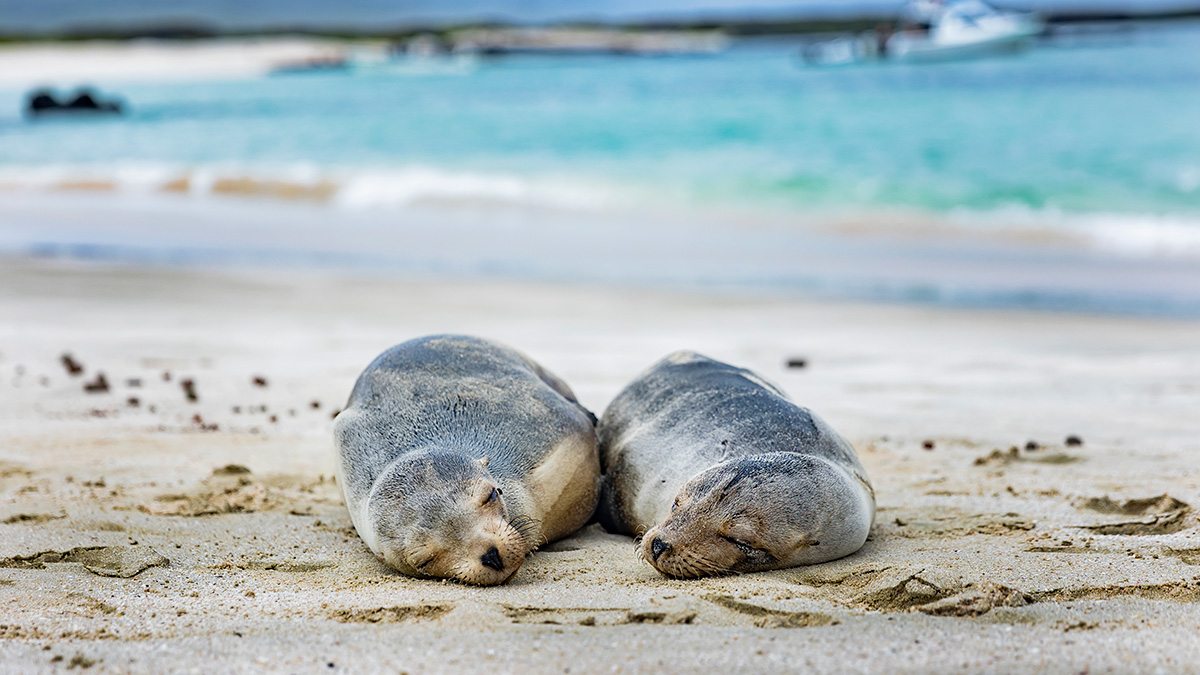Preserving the Galapagos one sample at a time
Researchers at the Galapagos Science Center are creating a biobank of samples from across the islands to help with the preservation of the archipelago and provide new opportunities for studies.

Press the play button above to watch the video
The Galapagos Science Center — a partnership between UNC-Chapel Hill and Universidad San Francisco de Quito in Ecuador — conducts research projects across the Galapagos to preserve the islands for future generations.
One of the ways researchers from the two universities are doing just that is by developing a biobank of samples from across the islands. The biobank is preserving the genetic resources of existing biodiversity and providing opportunities to study different aspects of evolutionary biology, population and ecosystem health, and environmental contaminants.
“As our scientists collect samples — they could be plant samples or environmental samples or animal samples — we can put them in the biobank and, over time, we can use those to evaluate for all sorts of relationships amongst different species, long-term trends in evolution studies, studies of contaminants over time and have all of this preserved,” said Jill Stewart, the Philip C. Singer Distinguished Professor at the UNC Gillings School of Global Public Health and a faculty research director at the Galapagos Science Center.
The project, Biobank Manager Diana Pazmiño says, is a priceless resource for future research.
“What others see only as a tube with some liquid in it — for us, that’s gold,” Pazmiño said. “We see the value behind this tiny little tube.”




